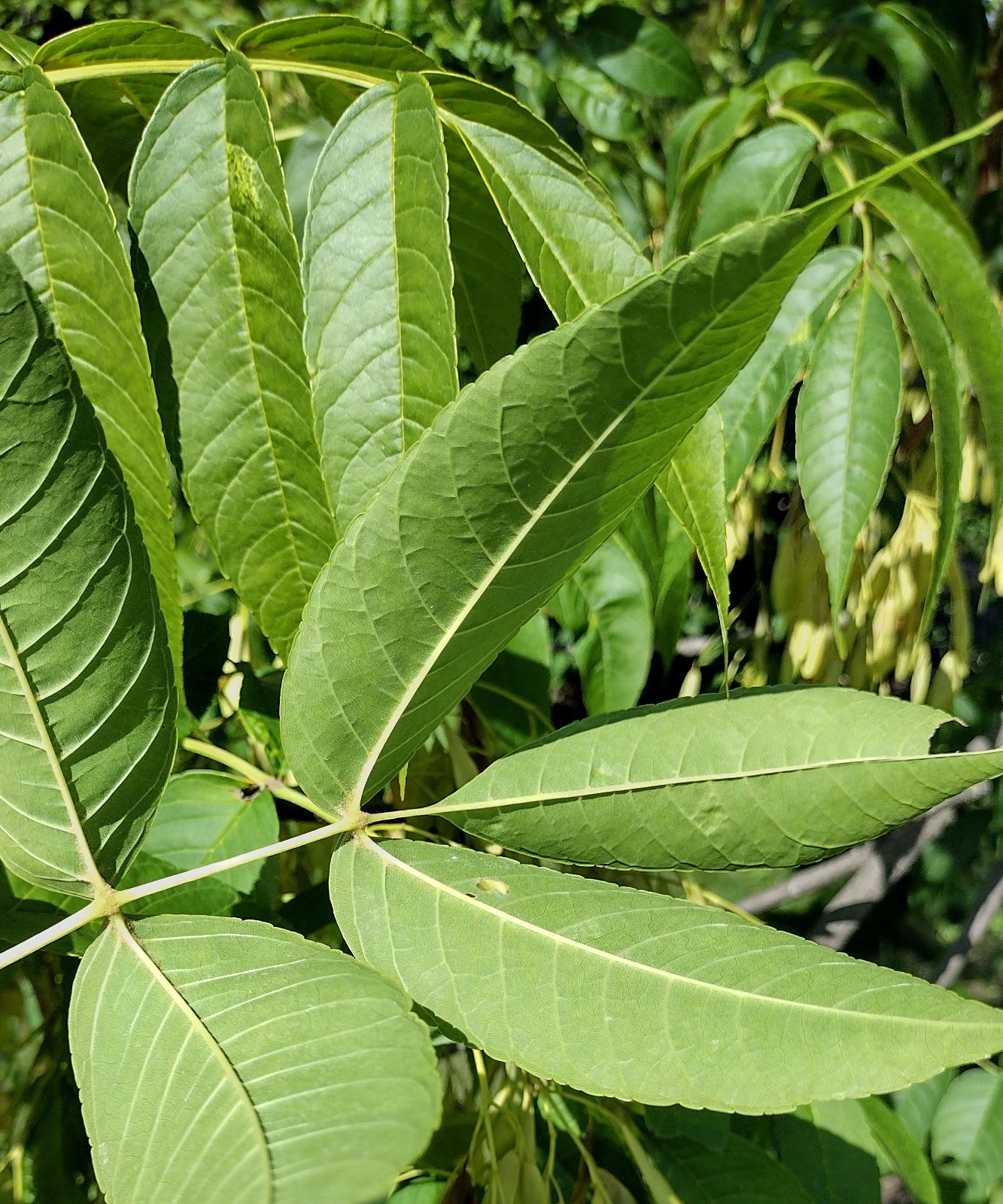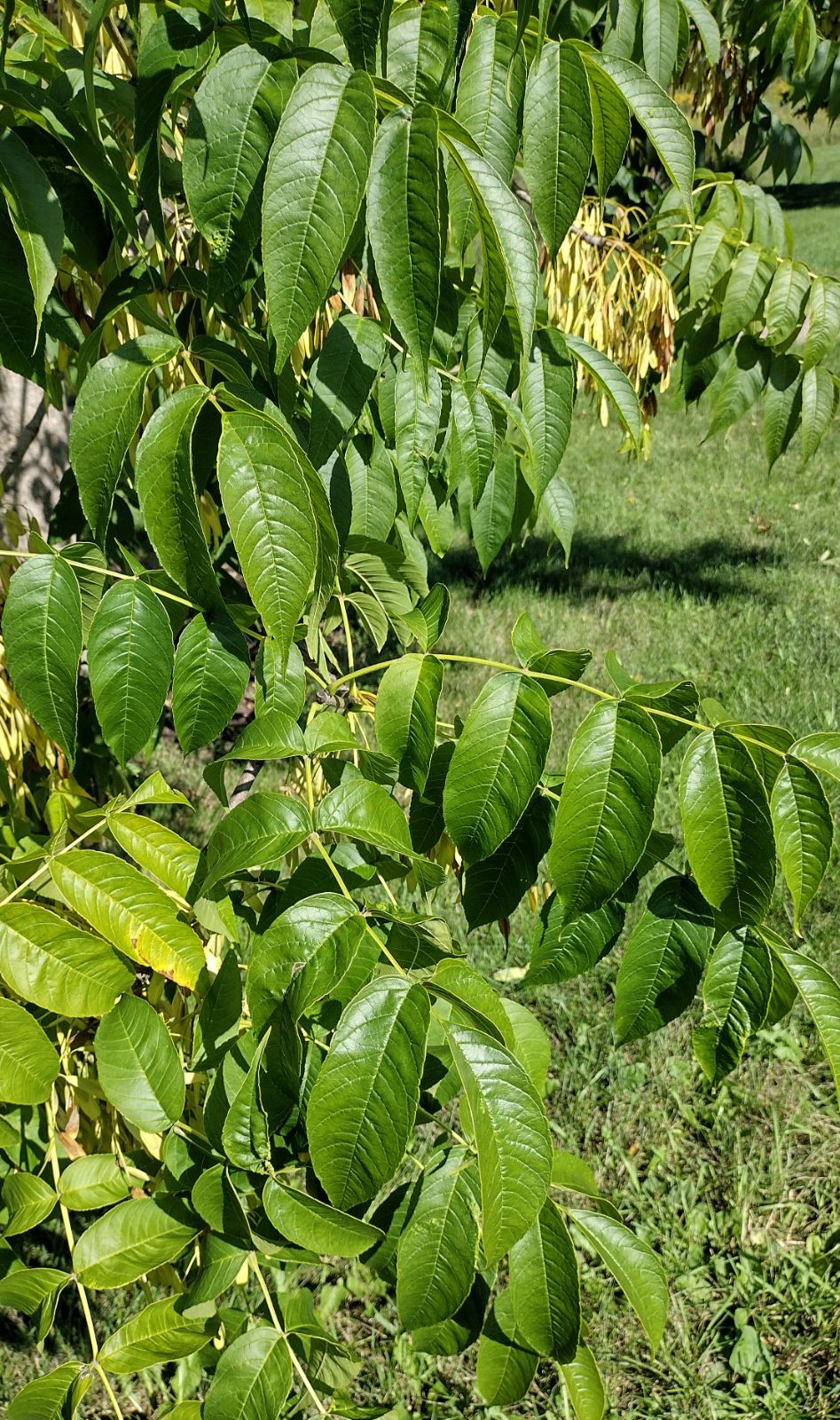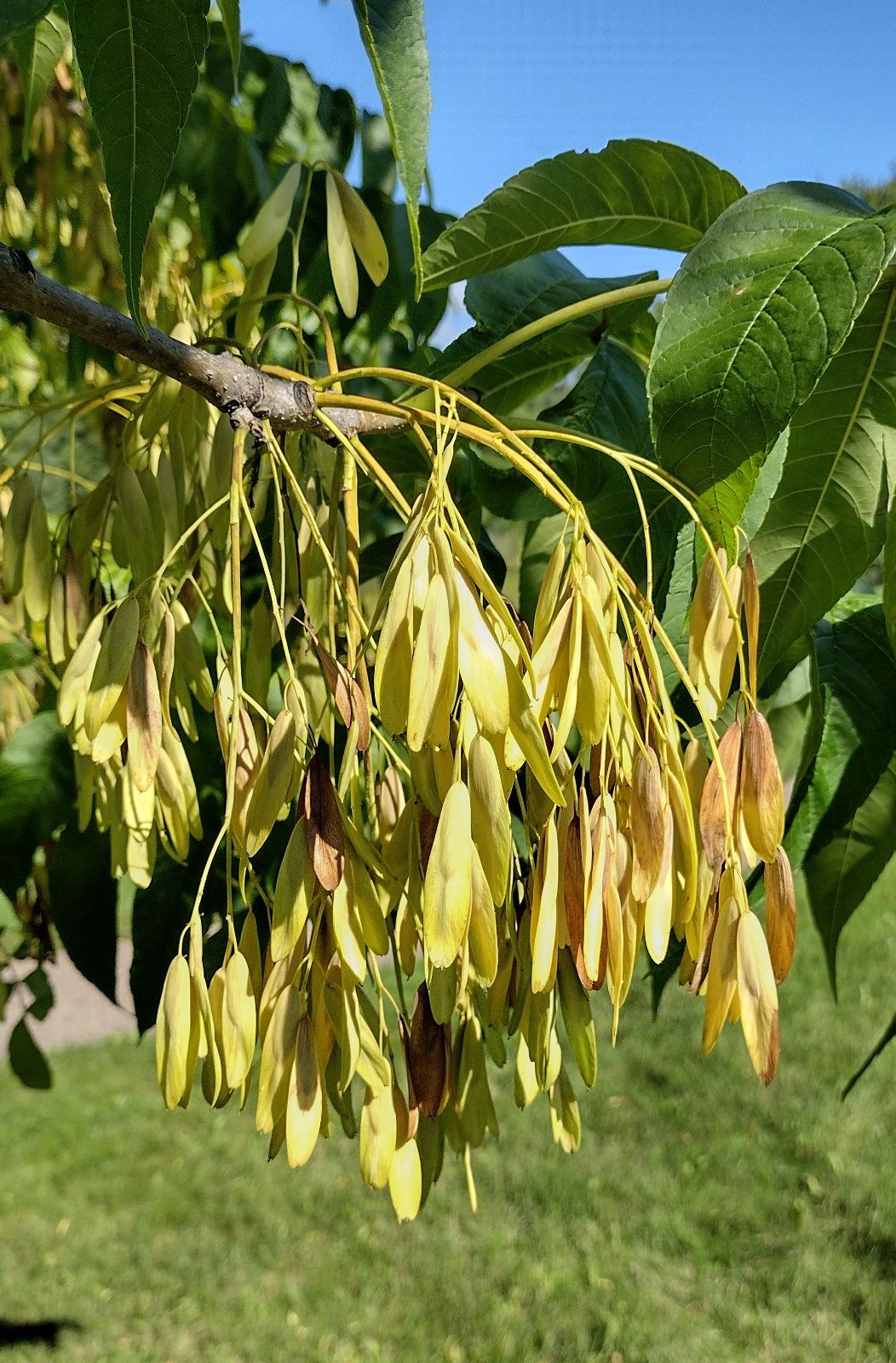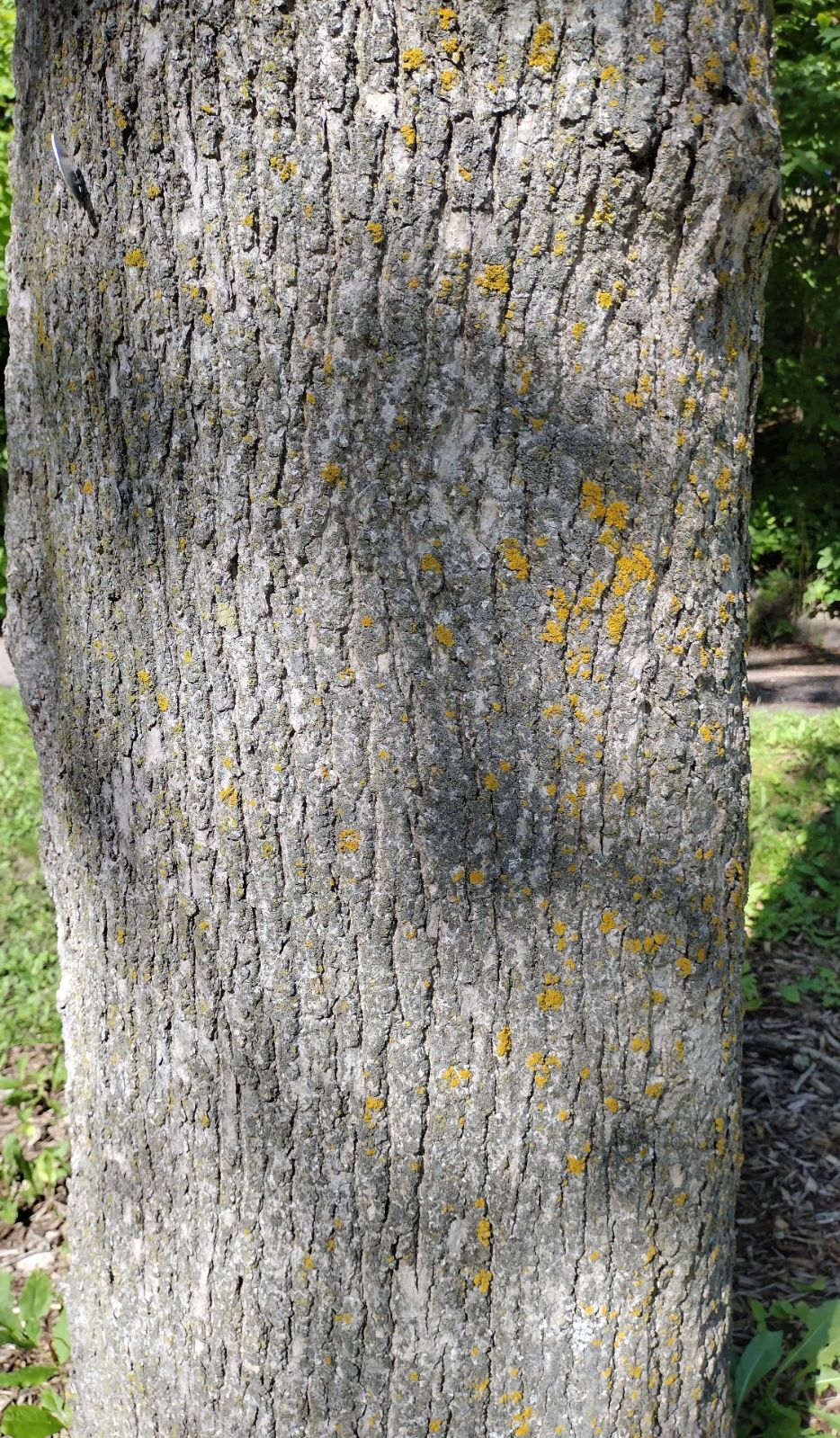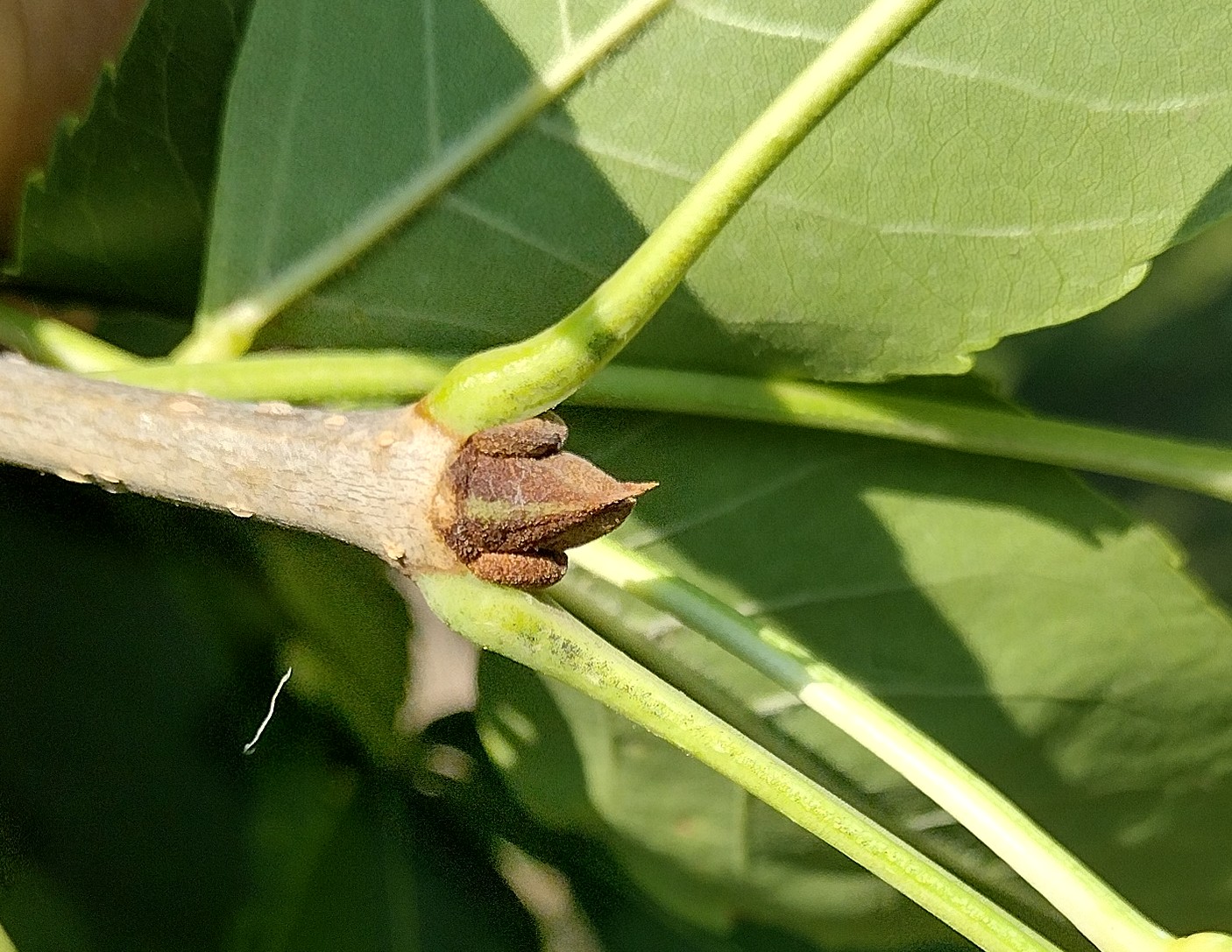Fraxinus nigra
Credits
Article from Bean's Trees and Shrubs Hardy in the British Isles
Recommended citation
'Fraxinus nigra' from the website Trees and Shrubs Online (treesandshrubsonline.
Other taxa in genus
- Fraxinus americana
- Fraxinus angustifolia
- Fraxinus anomala
- Fraxinus biltmoreana
- Fraxinus bungeana
- Fraxinus caroliniana
- Fraxinus chinensis
- Fraxinus cuspidata
- Fraxinus dipetala
- Fraxinus elonza
- Fraxinus excelsior
- Fraxinus floribunda
- Fraxinus griffithii
- Fraxinus holotricha
- Fraxinus lanuginosa
- Fraxinus latifolia
- Fraxinus longicuspis
- Fraxinus mandshurica
- Fraxinus mariesii
- Fraxinus obliqua
- Fraxinus ornus
- Fraxinus oxycarpa
- Fraxinus pallisiae
- Fraxinus paxiana
- Fraxinus pennsylvanica
- Fraxinus platypoda
- Fraxinus pubinervis
- Fraxinus quadrangulata
- Fraxinus rotundifolia
- Fraxinus sieboldiana
- Fraxinus sogdiana
- Fraxinus spaethiana
- Fraxinus syriaca
- Fraxinus texensis
- Fraxinus tomentosa
- Fraxinus 'Veltheimii'
- Fraxinus velutina
- Fraxinus xanthoxyloides
A native of eastern N. America, whence it was introduced to England in 1800, this ash has never been a success, and appears to be unworthy of cultivation. It is a tree 80 to 90 ft high in the wild, and grows in damp situations; young shoots glabrous. Leaflets seven to eleven, oblong or oblong lance-shaped, slender-pointed, 3 to 5 in. long, 1 to 2 in. wide, glabrous on both surfaces except for reddish down along the side of the midrib and veins, beneath which it is densest towards the base, and extends round the main-stalk. All the leaflets except the terminal ones are stalkless – even more distinctly so than in F. mandshurica. In many of its characters the black ash is similar to F. mandshurica; the leaflets, however, are much less tapered at the base or may even be rounded, and the marginal teeth are shallow and quite inconspicuous. It has little interest or value in gardens.

